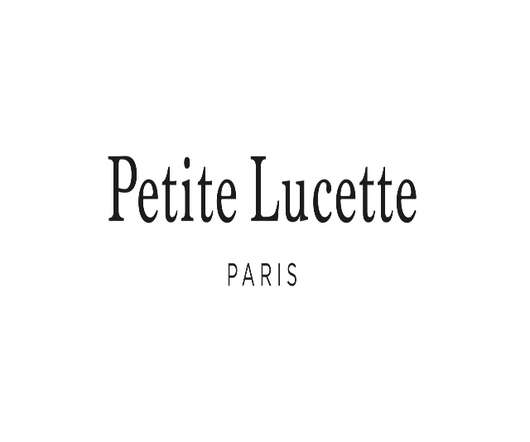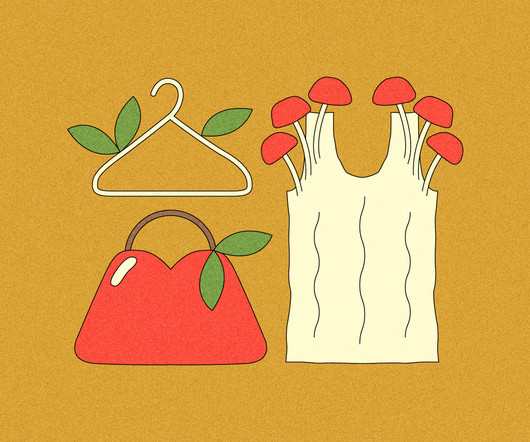Charlotte McCurdy, Phillip Lim design carbon-neutral algae sequin dress
AGreenLiving
APRIL 13, 2021
Sequins have long been a source of concern for environmentally conscious fashion designers. Made of tiny bits of shiny or translucent plastic, they are a significant contributor to ocean microplastics and fashion-derived plastic waste. The dress is entirely carbon-neutral and free from synthetic plastics or dyes. Phillip Lim.















Let's personalize your content